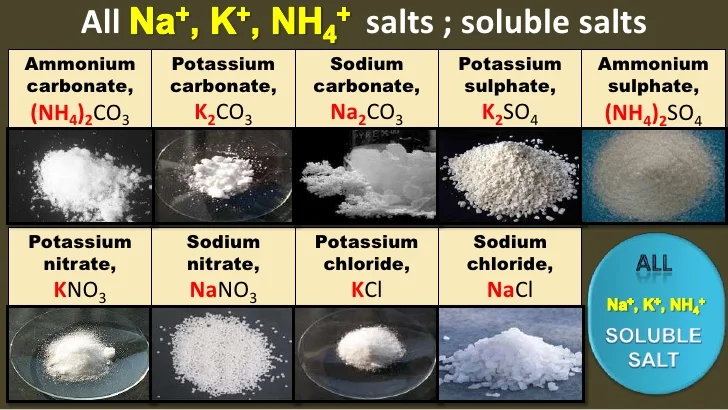Hello and welcome to Scratch 101! In this tutorial we will be
learning to use the graphic paint editor (vector mode) by developing our own monopoly sprites.
Objective:
To learn how to use the paint editor effectively.
Final Project:
Your student-made Monopoly cards! :)
Graphical Setup:
The graphical template is located here: https://scratch.mit.edu/projects/212983212/
Activity 1 (Editing the Title):
Highlight the "text" symbol and click on the "Title Deed" statement.
Activity 2 (Adding a Description):
Highlight the "text" symbol and click on an area where you wish to add the description. Click somewhere outside the text box to change the size of the text box.
Activity 3 (Adding an Image)
Find an image which you would like to add to the card and download it to the computer. Use the "important button" to bring the file into your editor. Work around with the dimensions to finish the card.
Once you are finished with the activities you may:
- Create another card
- Create a script to randomly generate cards when you hit the space key.
- Add more features, images, or options to your card
- Create another project with "custom sprites" (self-made) using the "Create a story" tutorial scripts available in the tutorial bar (you can see how to access that below).






